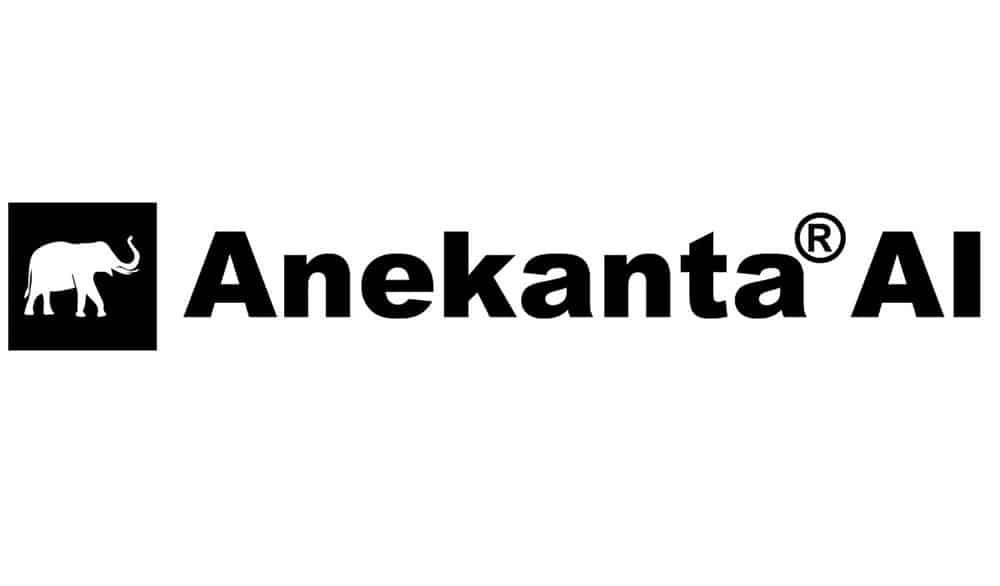According to Anekanta, AI is a strategic and operational reality that must be addressed by boards and leadership teams today. Yet too often, organisations approach AI through the lens of technology or compliance frameworks alone, without connecting it to their strategic objectives or fully understanding the risks involved.
Effective AI governance is not an isolated function; it is an integral part of corporate strategy. Strategy defines what an organisation seeks to achieve with AI – whether to improve decision-making, enhance productivity, or create new business models. Governance provides the structures, processes, and accountabilities that ensure these outcomes are pursued safely, transparently, and in alignment with regulatory expectations.
Without strategy, governance becomes procedural. Without governance, strategy exposes the organisation to unmanaged risk. Both are essential, and they must be designed to interconnect seamlessly. This interconnected approach is particularly important when considering the role of human oversight in AI governance.
Human oversight is a strategic responsibility
As AI systems become more complex and capable, there is increasing focus on the role of human-in-the-loop (HITL) mechanisms. While HITL is often presented as a safeguard – where a human reviews AI outputs before action is taken – it can create a false sense of assurance if misunderstood.
According to ISO/IEC 22989:2022, HITL refers to system configurations that allow a human to influence or override AI behaviour at critical decision points. However, confirming an AI output does not necessarily mean the operator understands the underlying system, its limitations, or the broader implications of the decision. HITL can devolve into a procedural task, disconnected from meaningful accountability.
By contrast, human oversight – as required under Article 14 of the EU AI Act – is a governance function. It is embedded across the AI system lifecycle, from design to deployment and ongoing monitoring. Human oversight ensures that AI remains aligned with strategic objectives, risk tolerances, and regulatory obligations. It is not limited to operational decisions but is an organisational responsibility that requires:
- Clearly defined decision boundaries
- Escalation pathways for complex or uncertain scenarios
- Auditability and traceability across AI system performance and outcomes
This distinction is critical. Human oversight ensures that responsibility for AI remains with the organisation and its leadership, not just with individual operators or users checking boxes as part of a process.
Human oversight is not static – it requires continuous engagement. To ensure AI systems remain aligned with organisational objectives, oversight must extend beyond decision points into ongoing system monitoring and evaluation.
The importance of continuous monitoring
The behaviour of AI systems can change over time due to evolving data, shifting operational environments, or updates to models and algorithms. Without robust oversight, there is a risk that errors, biases, or unintended behaviours go undetected until they manifest in real-world consequences.
Effective governance requires organisations to establish baseline performance metrics, monitor systems over time, and ensure deviations are traceable and addressed. This is not a one-off exercise, but a continuous process of vigilance, learning, and adaptation.
Standards such as ISO/IEC 42001 and ISO/IEC 42005 provide a structured starting point for this work, but they are not sufficient in themselves. AI governance must extend beyond procedural compliance to encompass the full complexity of system risk, ensuring that AI serves the organisations‘ objectives without introducing unacceptable levels of uncertainty or exposure.
Bridging the gap between standards, strategy, and governance requires deliberate action at board level.
Anekanta®’s approach to AI governance
Anekanta supports boards and leadership teams in building the knowledge, frameworks, and processes needed to govern AI with confidence. Our services include:
- Interpreting and applying human oversight obligations under the EU AI Act (Article 14)
- Providing AI Risk Intelligence™ to identify, assess, and monitor risks across AI systems and use cases
- Conducting use-case evaluations to assess the suitability and risk profile of AI systems within specific business contexts
- Supporting board-level AI literacy, enabling informed, accountable leadership
- Evaluating AI system capabilities and risks
- Evaluating AI governance tools
AI is a powerful tool, but it must remain under human control. Governance is not about replacing judgement with automation; it is about equipping leaders to make sound decisions, supported by technology, but always rooted in human responsibility.
Anekanta® helps boards move beyond the checklist – embedding AI governance as a core leadership responsibility, aligned with organisational strategy and risk appetite.
For more Anekanta news, click here






